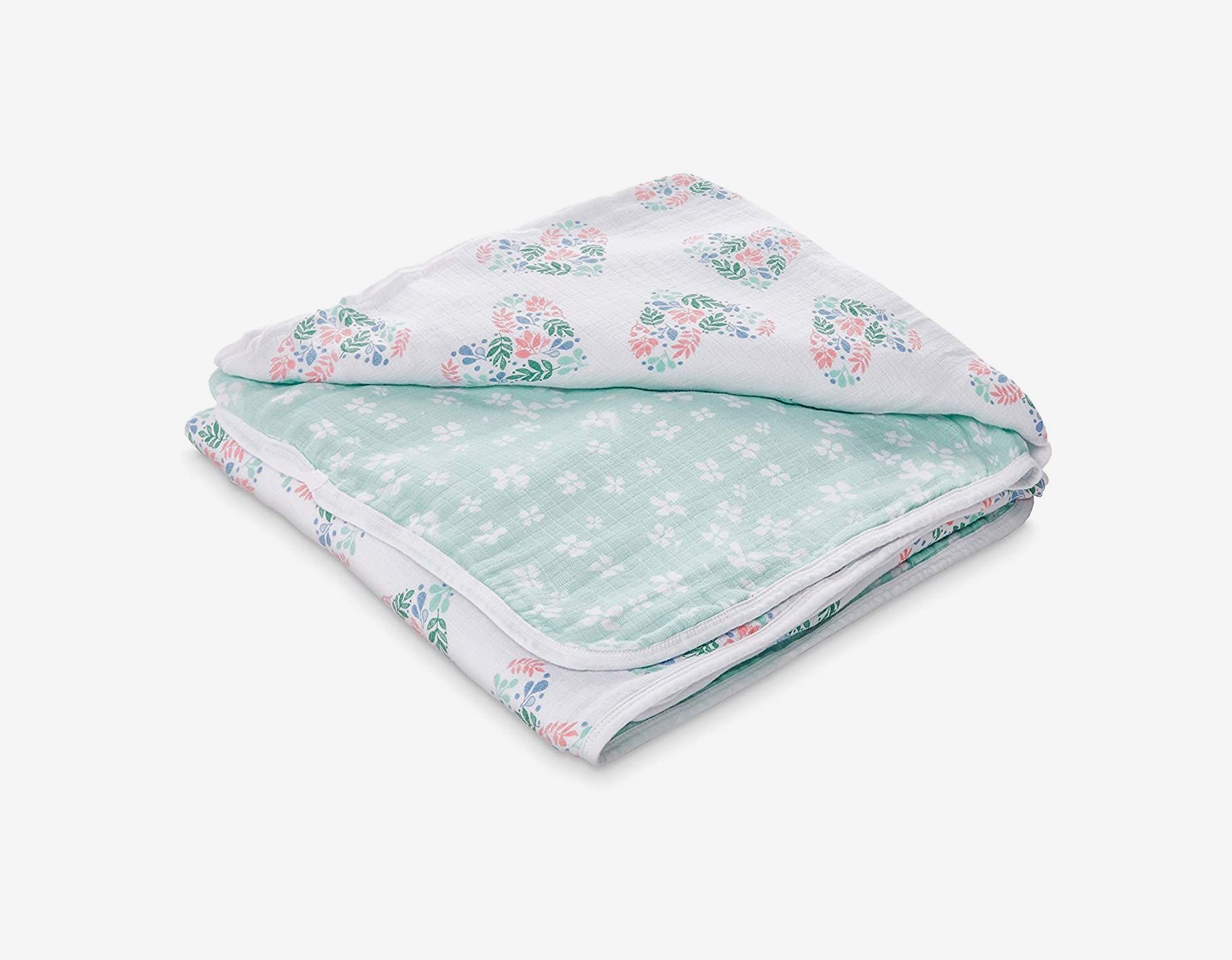

Įxtreme Distaste, meant to appear as an exaggerated grimace The "O"s represent head on the ground, "T" or "r" forms the torso, and "S" or "z" the legs. "Bu-n", being carefree and above, with arms stretched out while running/soaring ĭepressed, unsatisfied (based on indifferent) ĭischarged drug-in-brain, goofing around, "A-HYA!" Kowtow as a sign of respect, or dogeza for apology Many use characters from other character sets besides Japanese and Latin. Some of these are wider (made up of more characters) than usual kaomoji, or extend over multiple lines of text. ( March 2017) ( Learn how and when to remove this template message)Ī number of Eastern emoticons were originally developed on the Japanese discussion site 2channel. Please help improve this section if you can. The specific problem is: Notability questionable and reliable sources missing, ideographic spaces and other "fullwidth" characters need to be checked and perhaps be converted to their normal, flexible counterparts. This section may require cleanup to meet Wikipedia's quality standards. Jiong, a Chinese character meaning a "patterned window", now repurposed as an ideographic emoticon.ĭespair. Could also be used to denote cute, inquisitive or perplexed, sometimes associated with the furry fandom. Sadness, great dismay, disgust ĭead person, fainted

Sideways Latin-only single-line art and įish, something's fishy, Christian fish Sealed lips, wearing braces, tongue-tied Īngel, halo, saint, innocent Skeptical, annoyed, undecided, uneasy, hesitant Tongue sticking out, cheeky/playful, blowing a raspberry Surprise, shock, yawn Ĭat face, curled mouth, cutesy, playful, mischievous, Very happy or double chin sad, angry, pouting Laughing, big grin, grinning with glasses One can also add a "}" after the mouth character to indicate a beard. ")" for a smiley face or "(" for a sad face. However, an equals sign, a number 8, or a capital letter B are also used to indicate normal eyes, widened eyes, or those with glasses, respectively.

Typically, a colon is used for the eyes of a face, unless winking, in which case a semicolon is used. One will most commonly see the eyes on the left, followed by the nose (often not included) and then the mouth.

Version reviewed: 2.Western style emoticons are mostly written from left to right as though the head is rotated counter-clockwise 90 degrees. In conclusion: A very useful utility that can be used by all the applications that support printing. You can customize the output resolution, quality settings, predefined page size, etc.
Cute writer 3.0 free#
The virtual printer performed the selected tasks flawlessly.īPluses: The program is free for home and commercial use.
Cute writer 3.0 pdf#
I tried to print to PDF a large variety of files, like text files, Office documents, graphic files, presentations, table files (MS Excel, Calc).
Cute writer 3.0 install#
Since this is a virtual printer driver, you don't need to install extra converters or Office components to create the PDF files. Just install it by following the steps of the setup wizard and you're ready to create PDF files. It doesn't have a graphical user interface, so there's no need to configure it. The program is very simple to install and use.
Cute writer 3.0 portable#
'Cute PDF Writer' is a printer subsystem that allows you to print various documents to PDF (Adobe Portable Document Format).


 0 kommentar(er)
0 kommentar(er)
